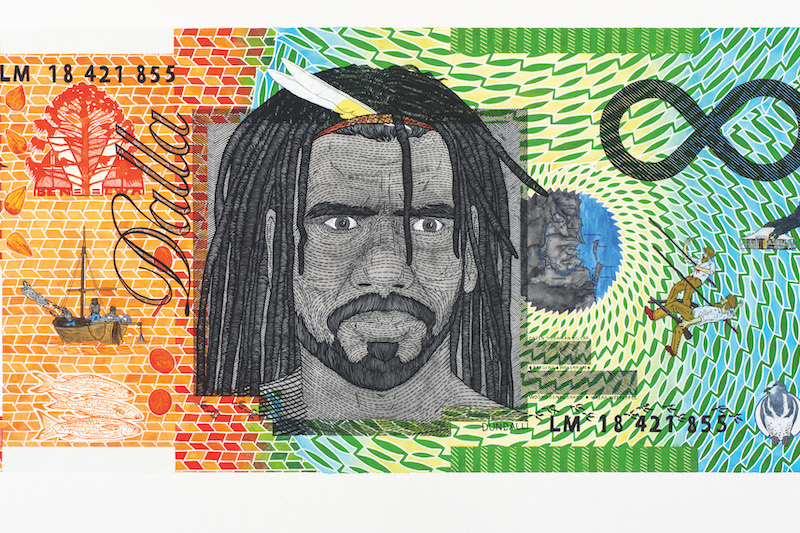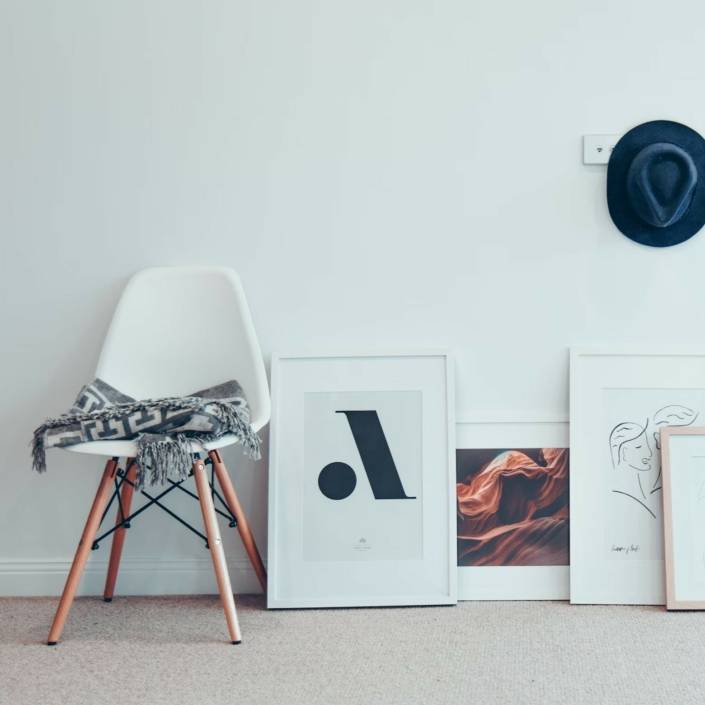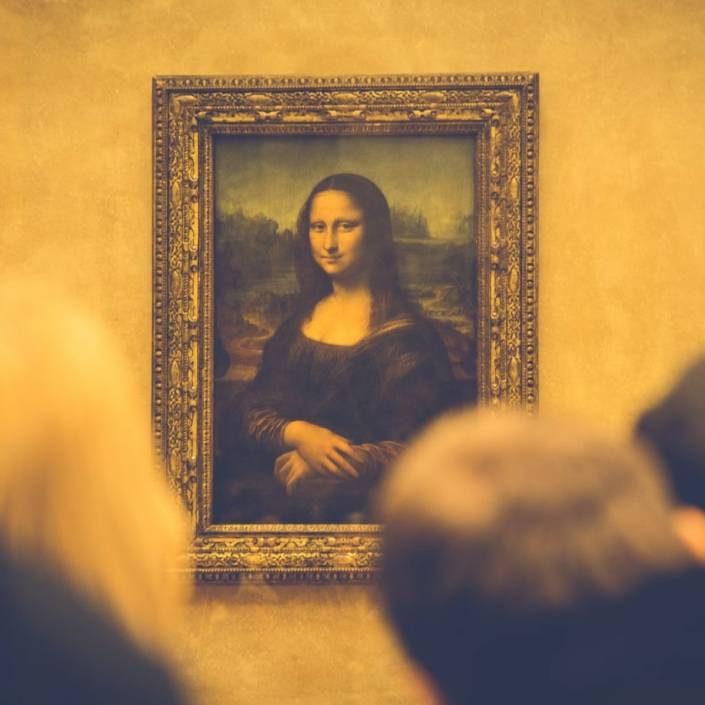Agenda: Building Blocks
A new technology is promising to solve the age-old art world problem of provenance.
Words: Ingrid Periz
ARTCHAIN GLOBAL, AN art and technology startup launched at the National Gallery of Victoria in early April, promises to use the same block- chain technology that makes cryptocurrency possible in order to solve old art world problems like forgery and provenance. Along the way it hopes to offer greater art market access to buyers, sellers and producers of art while creating, in the words of Greg Adams, ArtChain’s chief risk officer, “a level of trust across the industry”.
Trust may not be the first thing that comes to mind when thinking of the speculative bubble occasioned by Bitcoin, the world’s most well-known cryptocurrency, but blockchain is no more than a secured database that groups and links data independently of any central authority. Imagine it as a growing list of records where deletions or changes to previously entered information is impossible.
As formulated by ArtChain, which is partnering with Swinburne University for technological re- search and development, blockchain becomes the means to create what the startup calls a “free registry for art objects where everyone involved in a transaction – artist, collector, gallery and auction house – can store their information and their interaction with that piece of art”.
More than a registry, blockchain helps create a complete chain of title that, in ArtChain’s adoption, will be publicly searchable and tamper- proof. Individual artworks listed in the system will be assigned a unique numerical identifier, as will users who will be able to opt for anonymity if they choose. Price will be held on record but not necessarily available. ArtChain will show all the details of an artwork’s exhibition history and for artists who don’t have gallery representation, the ArtChain platform can provide a way to get work to market. For collectors who don’t want their purchases known or dealers who want to control supply, ArtChain appears to be able to satisfy both.
With plans to begin testing its platform in Australia in October, ArtChain, which includes entrepreneur Byron Ding among its backers, will look to the Chinese market. Since April the startup has actively been seeking input from potential users, with keen interest from Sydney and Melbourne art fairs, and pending talks with the Copyright Agency for Visual Arts (formerly Viscopy) and the National Association for the Visual Arts.
Melbourne-based painter John Young has called ArtChain “the avant-garde of the art world” for blockchain’s disruptive potential. The Australian startup is not the only entity to glimpse the technology’s art world possibilities (other start- ups have been offering variations on this theme since 2015) but to date no major auction houses have endorsed them. In an effort to prompt the conversation, London Christie’s is hosting a one- day conference Exploring Blockchain: Is the art world ready for consensus? in mid-July, drawing on a multi-disciplinary roster of speakers. Chris- tie’s is partnering with Vastari, the London-based technology firm that uses blockchain to operate an online marketplace for exhibitions and facilitates international exhibition loans and tours. Vastari’s CEO Bernadine Bröcker Wieder notes that the type of databases powered by blockchain are strongest when people work together.
Image: Ryan Presley, Infinite Dollar Note – Dundalli Commemorative, 2017. Watercolour, 60.5 x 145.5cm. Part of Project Rooms, presented by the Institute of Modern Art at Melbourne Art Fair, 2018. COURTESY: THE ARTIST.









